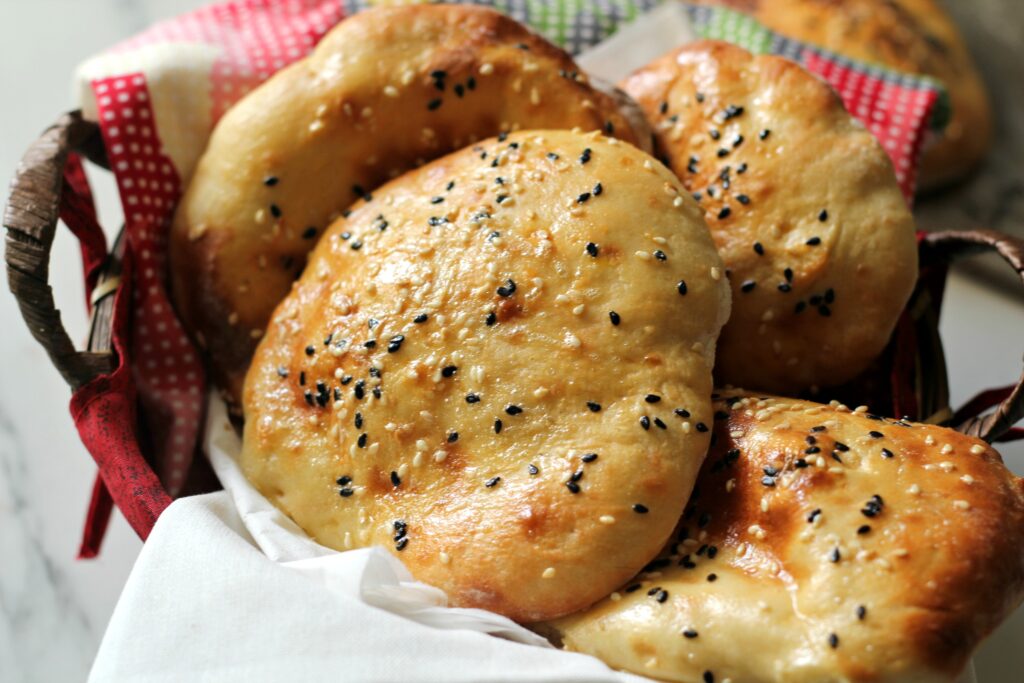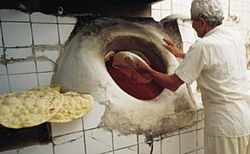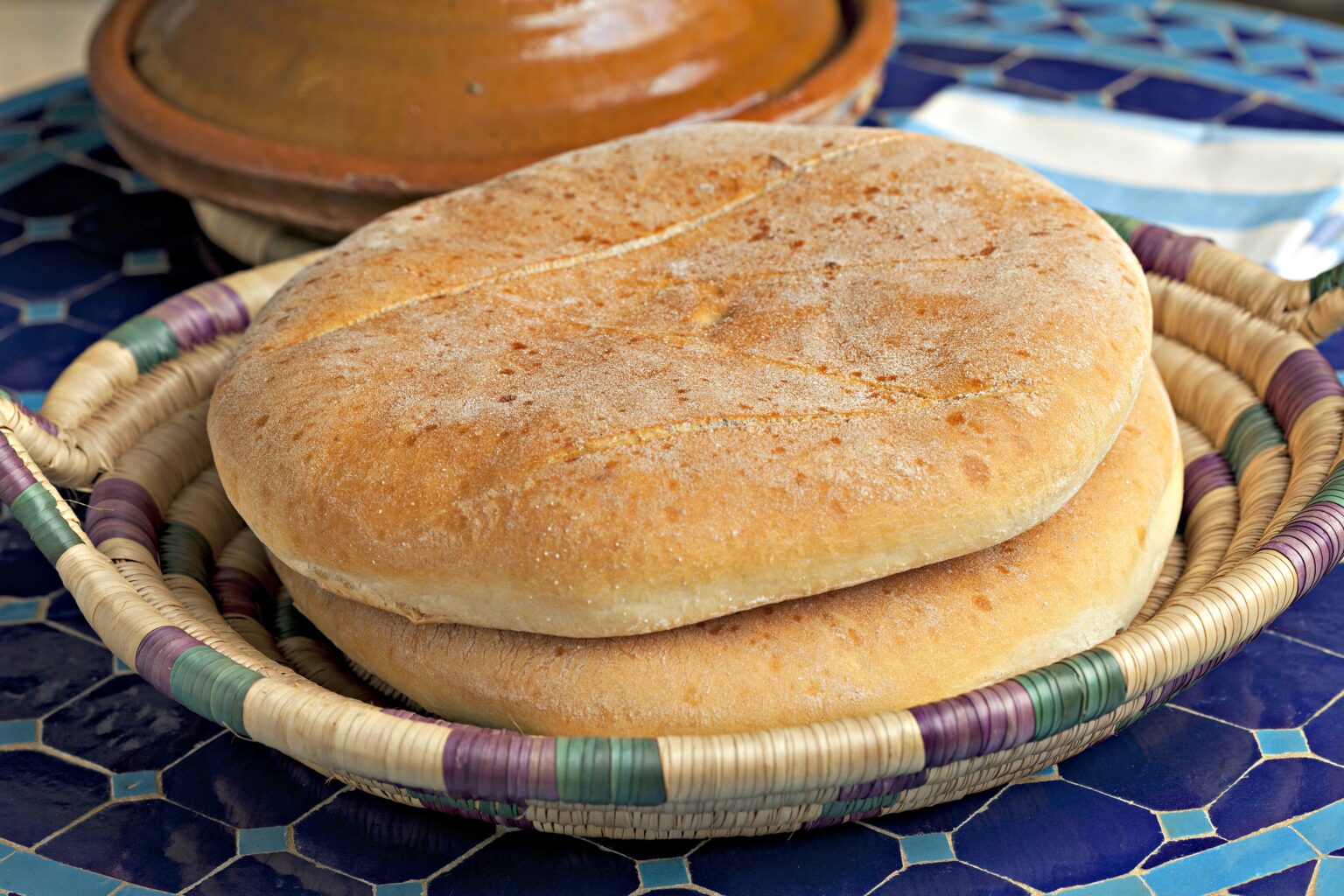Oman is a land where history, culture, and culinary traditions blend seamlessly. Among the many treasures of Omani cuisine, bread known locally as Khubz holds a special place. Khubz is not just a staple food; it is a symbol of hospitality, family gatherings, and centuries-old baking traditions. Every household in Oman, whether in the bustling streets of Muscat or the serene villages of Dhofar, has its own version of Khubz.
Omani bread comes in multiple forms, textures, and flavors, each reflecting the region, ingredients, and baking techniques. From soft, fluffy loaves to crisp, thin flatbreads, Khubz has evolved yet remained true to its cultural roots. Understanding this bread is a journey into Omani heritage, connecting the past with the present.
The Significance of Khubz in Daily Life
Khubz is more than just a meal accompaniment; it is an essential part of daily life in Oman. Traditionally, it is served with stews, soups, meats, and even sweet spreads. Families often gather around fresh Khubz, breaking it together as a sign of unity and hospitality. In rural areas, bread-making is still considered an art, passed down through generations. Women and men take pride in their ability to craft Khubz from simple ingredients flour, water, and yeast into something nourishing and comforting.
Ingredients and Traditional Preparation
The beauty of Omani Khubz lies in its simplicity. The core ingredients are usually wheat flour, water, salt, and yeast. Some varieties incorporate spices, sesame seeds, or even date syrup for a unique flavor. Traditionally, the dough is kneaded by hand until smooth, then left to rise naturally. The dough is shaped carefully, often with intricate patterns or hand-scored designs, giving each loaf a personal touch.
Baking methods vary across regions. In coastal areas, thin flatbreads are commonly baked on a hot griddle called a tannour. In mountainous or desert regions, thicker loaves are often baked in clay ovens, which give the bread a distinctive aroma and texture. This artisanal approach ensures that every piece of Khubz has its own identity, connecting it to a specific place and tradition.

Popular Varieties of Omani Khubz
Khubz Raqaq
Khubz Raqaq is a thin, crisp flatbread that resembles a delicate pancake. It is often baked on a flat metal pan and can be served with honey, cheese, or meat dishes. Its light and crispy texture makes it perfect for rolling around fillings, similar to a wrap. Khubz Raqaq is popular for breakfast and snacks, loved for its versatility and ease of preparation.
Khubz Shrak
Shrak is a soft, layered bread, slightly thicker than Raqaq. It is traditionally folded into layers before baking, creating a tender, flaky texture. Shrak is commonly served with traditional Omani stews and curries, as it can soak up sauces beautifully. The bread is often enjoyed fresh and warm, straight from the oven, making mealtime a comforting experience.
Khubz Al Samoon
Khubz Al Samoon is a round, fluffy bread, similar to a soft roll. It is often baked in clay ovens, resulting in a slightly chewy interior and a golden crust. Samoon is commonly used for sandwiches, filled with local cheeses, meats, or vegetables. Its versatility and soft texture have made it a household favorite across Oman.
Khubz Al Khabis
Al Khabis is a spiced bread variety, incorporating ingredients such as fennel seeds, cardamom, or anise. This bread has a rich aroma and a slightly sweet flavor, making it ideal for special occasions and festive meals. Families often bake Al Khabis during celebrations, offering it to guests as a mark of hospitality.
Khubz in Omani Festivals and Traditions
Bread plays a vital role in Omani festivals and traditions. During Eid, weddings, and other celebrations, families often prepare large quantities of Khubz to share with relatives and neighbors. The act of baking together strengthens bonds, while the variety of breads reflects the community’s culinary creativity.
In some regions, bread-making is accompanied by storytelling or songs, passing down folklore and cultural wisdom to younger generations. This makes Khubz not only a source of nourishment but also a carrier of heritage, linking each bite to centuries of Omani culture.
Modern Adaptations of Khubz
While traditional Khubz continues to thrive, modern adaptations have emerged in urban areas. Bakeries in Muscat and Salalah are experimenting with new flavors, incorporating whole grains, seeds, and even international spices. Some chefs have introduced fusion breads, blending Omani techniques with Mediterranean or Asian influences.
Despite these innovations, the essence of Khubz remains intact fresh, flavorful, and made with care. Many Omani families still prefer home-baked bread, preserving the tactile, hands-on tradition that has defined Khubz for generations.
Health Benefits of Omani Bread
Omani Khubz is naturally wholesome. Made from simple, high-quality ingredients, it offers carbohydrates for energy, fiber for digestion, and protein from enriched flours or seeds. Spiced varieties like Al Khabis can also have digestive benefits, thanks to fennel, cardamom, and other aromatic spices. Eating Khubz with fresh vegetables, meats, or dairy creates a balanced, nutritious meal that is both satisfying and sustaining.

Experiencing Khubz as a Visitor
For travelers, tasting authentic Omani bread is a gateway to understanding local life. Many markets and bakeries allow visitors to watch the baking process, from kneading the dough to pulling hot breads from the tannour. Sampling fresh Khubz with Omani cheese, dates, or honey is a simple yet profound culinary experience.
Sharing bread with locals often opens doors to cultural exchange. In Oman, offering Khubz is a gesture of friendship and respect, allowing visitors to feel welcomed into homes and traditions alike.
Preserving the Tradition
In the face of globalization, preserving the art of Khubz-making is crucial. Many families teach children to knead, roll, and bake bread, ensuring that the knowledge is passed down. Culinary workshops and cultural festivals also celebrate Khubz, raising awareness among younger generations and tourists.
By embracing both tradition and innovation, Oman continues to keep Khubz alive as a cultural icon a simple yet profound reminder of the nation’s history, values, and hospitality.
Conclusion
Omani Khubz is more than food; it is a symbol of culture, unity, and tradition. Its varieties—from the delicate Raqaq to the aromatic Al Khabis offer a taste of Omani history, ingenuity, and warmth. Each bite tells a story of family, community, and centuries of culinary mastery. Whether enjoyed at a bustling market or a quiet home kitchen, Khubz remains an enduring emblem of Oman’s rich and diverse heritage.
Embracing traditional bread is a way of connecting with Omani culture, celebrating its flavors, and honoring its history. Khubz is a simple staple with extraordinary significance, reminding everyone that even the most basic ingredients, when treated with care and love, can create something truly remarkable.
Also Read –Rich Flavors and Heritage: Discover Oman’s Traditional Soups



